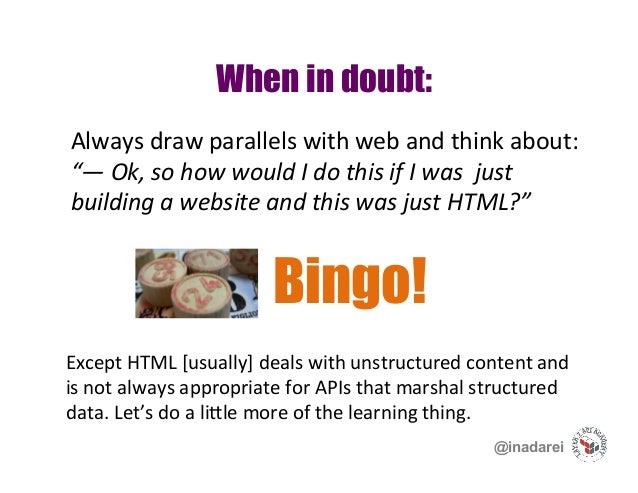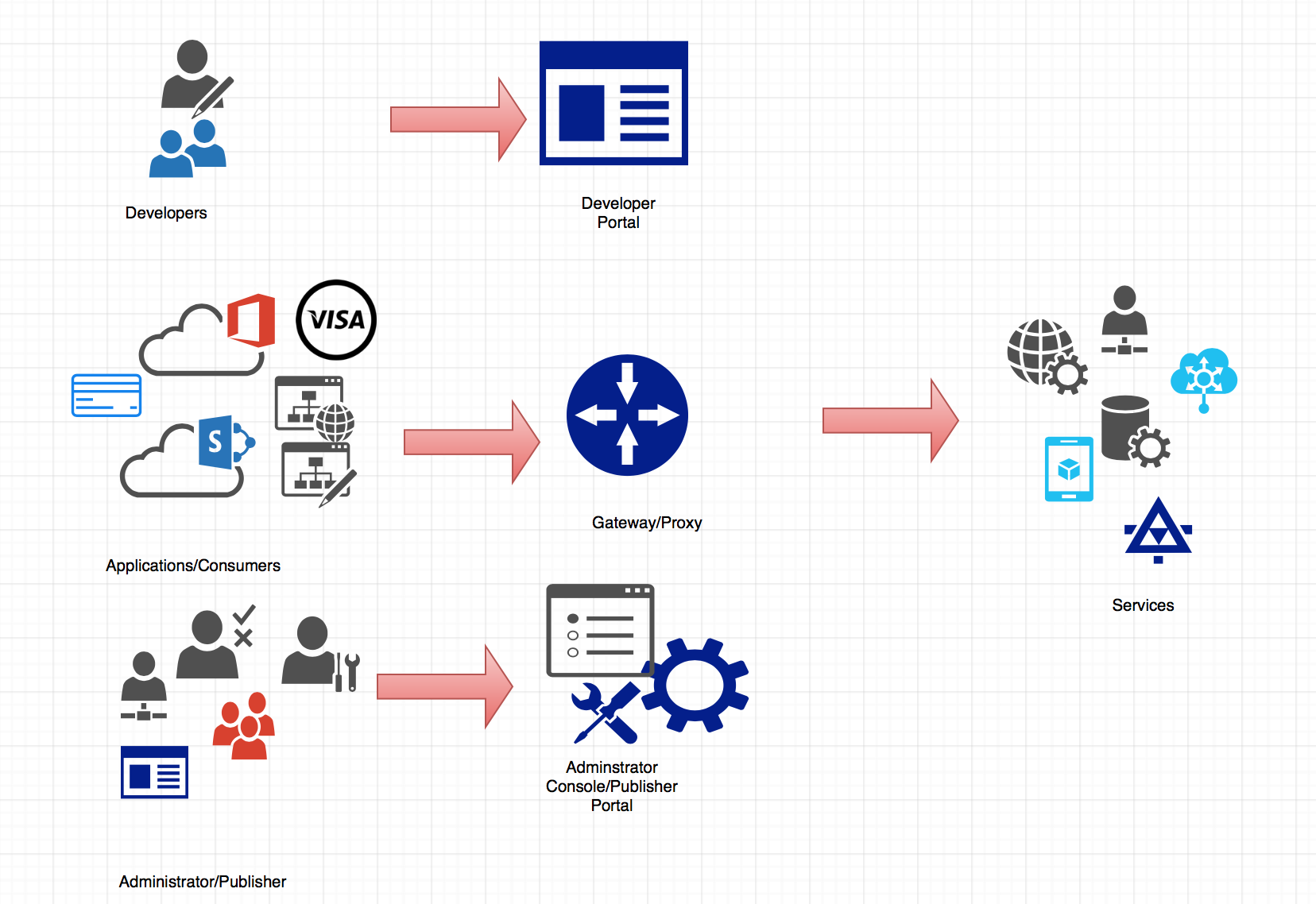


For example, Pet Store API.ĭescription – An overview of what your API is for. Title – The API title that will be displayed in the interactive API docs. When creating a blank API (no template), you also need to specify the following fields: For more information on using mocks, see API Auto Mocking.
#Building apis update#
SwaggerHub will also create the API Auto Mocking integration for your new API that will automatically update the mock every time you save the API. This will let you test your API when designing it, and will let developers start working on the client application without having to wait until the API functionality is implemented. Name – The API name is its unique ID and is part of its path on SwaggerHub, as in.

Note that custom templates are not available for OAS 3.1. If you have defined API custom templates, those will appear in the pulldown and you can choose them. Template – For OpenAPI: Select a template API to start with, such as Petstore or IOT (Internet of Things), or select None to start with a blank API. Note: OpenAPI 3.0 support has some limitations, AsyncAPI also has limitations. Specification – Choose the API format: OpenAPI 2.0, OpenAPI 3.0, OpenAPI 3.1, or AsyncAPI. The list contains existing projects available to you. Project – If an organization is selected as the Owner, you can optionally select a project to add this API to. Organization owners and anyone with the Designer role can create APIs in that organization. Organization-owned APIs count toward the organization’s limits rather than yours. The API owner is part of the API path in SwaggerHub: owner/api-name/1.0. Owner – Choose whether to create the API in your personal or organization account (if you are a member of an organization on SwaggerHub).


 0 kommentar(er)
0 kommentar(er)
